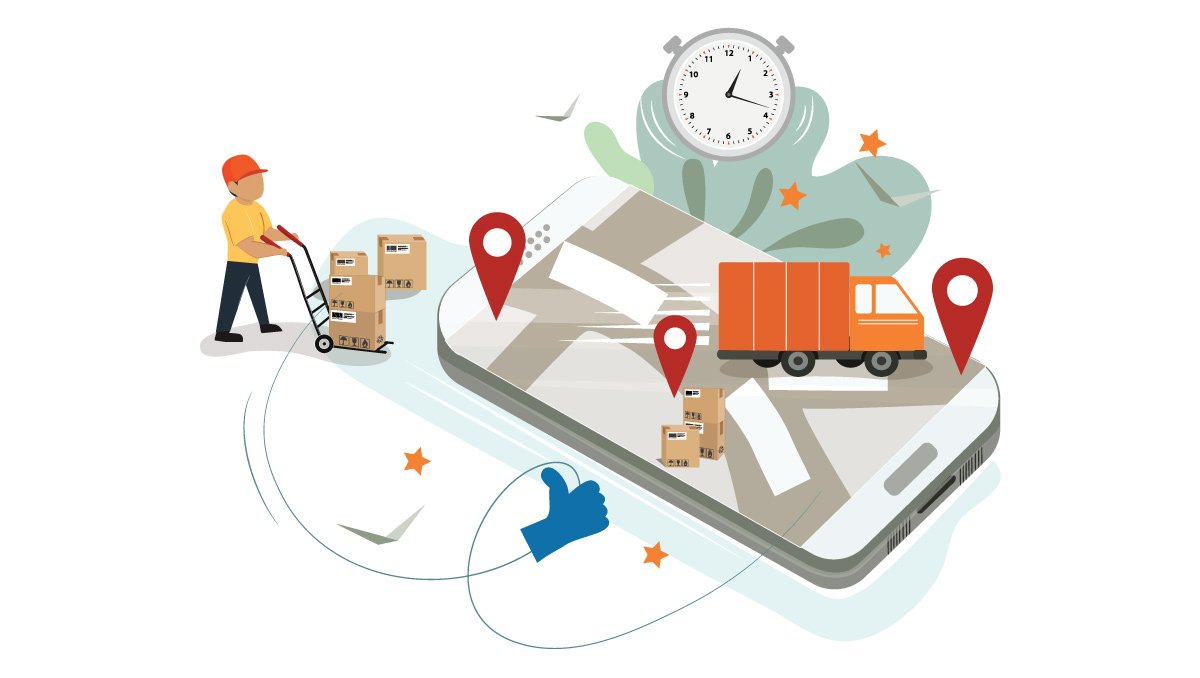Supply Chain Challenges: We Give You the Reasons
Players from all facets of the cleaning industry long for easier times when supplies can be ordered instantly, with a reasonable arrival date and price. But unfortunately, since the inception and ongoing impact of the COVID-19 pandemic, every step of the supply chain process has become exponentially complicated and may not improve anytime soon. To better understand the key reasons behind supply chain disruption, Keith Schneringer, Director of Merchandising + Sustainability at WAXIE, dived in-depth on a handful of notable culprits. The following is a condensed version of the findings; for the full report, click here.
Raw Materials — Disruptions and Shortages
Contrary to popular belief, the initial response from manufacturing plants at the beginning of the pandemic was impressive and very well organized. Although the number of orders increased, a short list of different products was requested which made it easier for the plants to adapt and meet the increased demand. Now that the world economy is getting back on track more and more, the problem now is the rebound in the variety of products that are produced, as well as in the regions where demand is increasing again. Products that require higher amounts of metals, plastic, and paper are now seeing increased demand in many areas where manufacturing capacity or raw resources cannot accumulate at the same rate as demand. Computer chips, which are essential for anything from cars to tobacco products, are having their demand dissected across every industry imaginable.

Finding Employees
In cases where manufacturing facilities are capable and resources are available, the next hurdle is finding the manpower needed to perform manufacturing and distribution tasks. There is no secret about the difficulties in hiring in the midst of the pandemic. From child care obligations when facilities are closed to federal unemployment benefits that sometimes exceed the benefits of a job, the ability and incentive for quality employees remains a concern.
Transportation and Logistical Hurdles
By the time April 2020 rolled around, international trade was nearly nonexistent, which meant empty containers for shipping were less commonly in motion to transport goods (and as a result, fewer shipping containers to then re-fill with other goods). A lack of available shipping containers was coupled with ‘transportation bottlenecks’, meaning wait times to unload cargo were elevated. Going back to labor shortages, fewer employees meant fewer truck drivers and loading dock employees, increasing the prices of shipments and estimated arrival times.
Inflation
When the prices for materials are near an all-time high and packaging/labor help is scarce, then the overall cost to ship products will inevitably be higher. In a balancing act, manufacturers often have no other choice but to raise prices themselves in order to accommodate. With wholesale distribution as a whole being intertwined with cleaning supplies, the success of one component will be largely contingent on the other.
